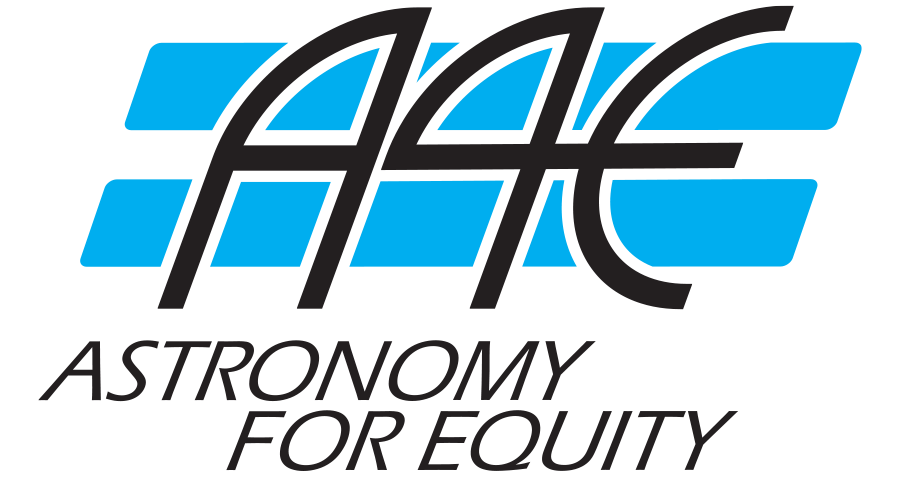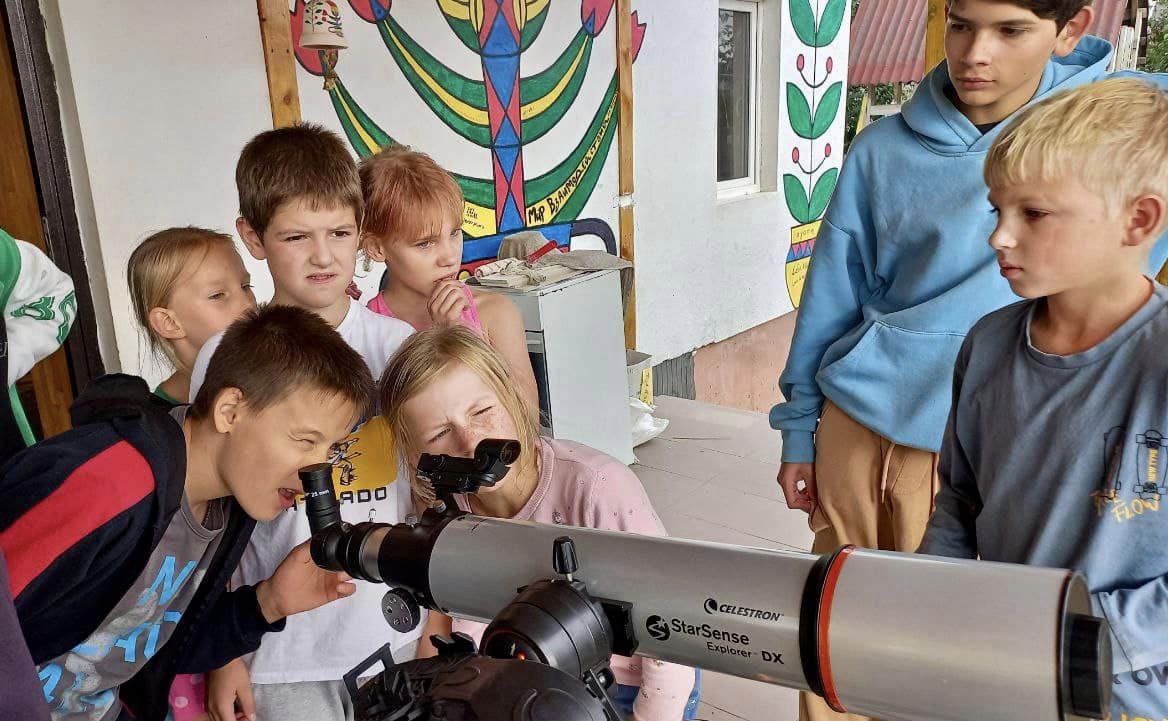Featured Image:
Some communities need extra help up, as seen in the image on the right.
Interaction Institute for Social Change / Angus Maguire
Building STEM education in underserved communities leads to careers in STEM and, ultimately, to improved economic infrastructure.
As we expose students to the joys of astronomy, we know we are planting seeds for long-term sustainable growth. And the more STEM seeds planted in underserved communities, the more opportunities those communities will have to prosper. STEM education creates professionals who contribute to the growth of science, engineering, math, and technology within their communities.
Astronomy is a pathway to the satellite economy. Most developing countries lack satellite technology that could provide large-scale agriculture and climate monitoring, and access to global communications. As students exposed to STEM through astronomy enter into STEM careers, these professionals can work to improve their country’s satellite capabilities, leading to improved food production, health care, transportation, communications, and economic growth.
Countries with robust STEM communities are less dependent on foreign aid. Because critical resources rely on STEM professionals, students who choose STEM careers become pillars for ongoing community growth. As transportation, communications, agriculture, water, and space science improve, developing countries become less reliant on foreign aid.

This also reduces global immigration pressure since people are more inclined to stay in their prosperous birth country than leave home for new lands of opportunity. Improved infrastructure also leads to lower crime rates and higher levels of education. Astronomy for Equity aims to create this long-term sustainable growth in countries of need.
Although efforts to bring astronomy and STEM to marginalized global communities often wane due to a lack of follow-up in volunteer programs, at Astronomy for Equity we connect volunteers and mentors with the resources they need, and we provide ongoing support. These sustainable programs ensure that students introduced to STEM persevere and become lifelong learners of science.
At Astronomy for Equity, our mission is to bring together existing resources, expertise, networks, and communities to create opportunities for STEM growth in marginalized, isolated, and underserved areas.
We empower local leaders and stakeholders by allowing adaptability to local circumstances and by providing an international brand for support. This is how we help build communities for good.
Be a part of it – Donate today.
Featured Image:
Some communities need extra help up, as seen in the image on the right.
Interaction Institute for Social Change / Angus Maguire



